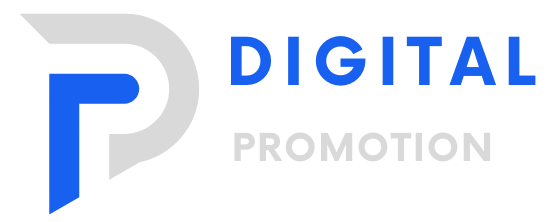Page optimization activities consist of two main elements; on-page optimization and off-page. This article describes the main actions you can take on a website to improve its visibility in search engines.

In order to achieve a better position in search engines, two types of optimization are used simultaneously; off-page and on-page. Off-page activities are mainly creating the so-called backlinks, to the website. For the latest linking methods, read the article: 7 New Ways to Get Links.
Table of Contents
What is website optimization
Internet marketing textbooks define website optimization as all activities consisting in the continuous improvement of the website in order to increase the number of visits and the duration of visits to the website. This concept is quite often confused with positioning, which means actions aimed at improving the position of a page in search results.
How to optimize the webpage
Before you start optimizing your website, you need to define the exact target audience of your content. You need to understand who your potential readers are and what content will best meet their needs. Search engine algorithms are already able to perfectly determine the type and quality of published texts. Everything so that the displayed results are best suited to the entered queries
Failure to understand how search engines work can bring you problems in the form of penalties and lack of traffic on your blog. This is the way to eliminate sites that try to influence the results of the displayed pages too much. Too aggressive website optimization, is against the policy of internet search engine operators.
Keep in mind that search engines work in the interests of their users and want exactly what their users want. Internet marketing specialists too often focus on technical issues, forgetting that website optimization should improve its quality.
The most important stages of on-page optimization
In order to successfully optimize a website, you should focus on a few basic elements. The most important of them include:
- Identifying your most valuable keywords. Almost all optimization is about matching the content to the keywords you choose. Feel the role of the reader of the content and think about how to formulate the query.
- Choosing the right URL. The URL address is an important element of website optimization. This is both about the length of the address and its content. The most popular CMS; WordPress, allows you to enter any URL. Make sure that the selected keyword is included in the website address.
- Putting the keyword in the title of the post or website. Additionally, it is worth placing the key phrase at the beginning of the text. WordPress SEO plugins recommend that you use your chosen keyword in the first 10% of your content.
- Including a keyword phrase in your SEO meta description. The CMS tools mentioned above also allow you to enter a meta description. The recommended length of the description should not exceed 160 characters.
- Placement of the selected keyword in the header. The HTML code allows you to mark the headings with the appropriate tag, from H1 to H6. A search engine optimized page should contain a keyword in at least one of the headings.
- Links to other pages in the body of the article. A website compliant with SEO principles should contain at least one link leading to another page of our website, and at least one external link to a different domain.
Indexing and on-page optimization
At the end, the most important point. You have to allow search engines to access your website. If you are using WordPress, permission to index the page will be granted by default. You can also check it and, if necessary, set it using the aforementioned SEO plugin
The access of web crawlers can also be set in the robots.txt file. By using specific commend in this file, you can allow or restrict the indexing of specific URLs. However, if you are using a WordPress application, it will be easier to use a proper SEO plugin.
The most popular plugin of this type is Yoast SEO. This blog has a Rank Math SEO plugin installed at the moment. It is easier to use and has more features than Yoast. An additional advantage of the Rank Math plugin is both the color and the percentage optimization level indicator.
Currently, this entry is 86% optimized for the phrase: on-page optimization. Now, when I have used this keyword again, the counter is already 90%. However, page optimization is not only about putting keywords in the text. Sometimes it can even be harmful.
What to avoid while doing on-page optimization
The most important task of a person posting content on a website is to create valuable texts. So avoid posting low-quality content. Posts should also be of appropriate length. There are no strict rules here, but pages containing only a few sentences may be considered by the search engine algorithm as completely irrelevant.
The on-page optimization should not be run by placing numerous keywords. The excess in this case will be harmful. Such practices may be perceived by search engine algorithms as an attempt of manipulation, which will result in lowering the website ranking.
Key phrases should be incorporated into the content naturally. I hope I don’t even need to mention the grammatical and stylistic correctness of the text.
If you have any questions regarding on-page optimization, write in the comment or via the contact form on the website. I also encourage you to share our content.
If you prefer Polish language, you can read the article at: Optymalizacja na stronie internetowej.
